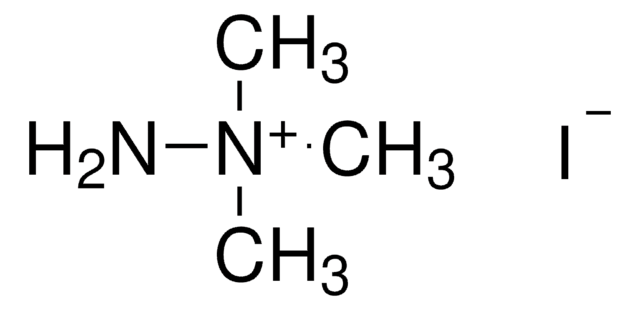280704
Sodium tert-pentoxide
95%
Synonym(s):
NaOt-Am, tert-Amyl alcohol sodium salt, Sodium tert-amoxide
About This Item
Recommended Products
assay
95%
SMILES string
[Na+].CCC(C)(C)[O-]
InChI
1S/C5H11O.Na/c1-4-5(2,3)6;/h4H2,1-3H3;/q-1;+1
InChI key
CGRKYEALWSRNJS-UHFFFAOYSA-N
Looking for similar products? Visit Product Comparison Guide
Application
signalword
Danger
Hazard Classifications
Acute Tox. 4 Dermal - Acute Tox. 4 Inhalation - Eye Dam. 1 - Flam. Sol. 1 - Self-heat. 1 - Skin Corr. 1B - STOT SE 3
target_organs
Respiratory system
Storage Class
4.2 - Pyrophoric and self-heating hazardous materials
wgk_germany
WGK 1
ppe
Eyeshields, Faceshields, Gloves, type P3 (EN 143) respirator cartridges
Certificates of Analysis (COA)
Search for Certificates of Analysis (COA) by entering the products Lot/Batch Number. Lot and Batch Numbers can be found on a product’s label following the words ‘Lot’ or ‘Batch’.
Already Own This Product?
Find documentation for the products that you have recently purchased in the Document Library.
Customers Also Viewed
Our team of scientists has experience in all areas of research including Life Science, Material Science, Chemical Synthesis, Chromatography, Analytical and many others.
Contact Technical Service













